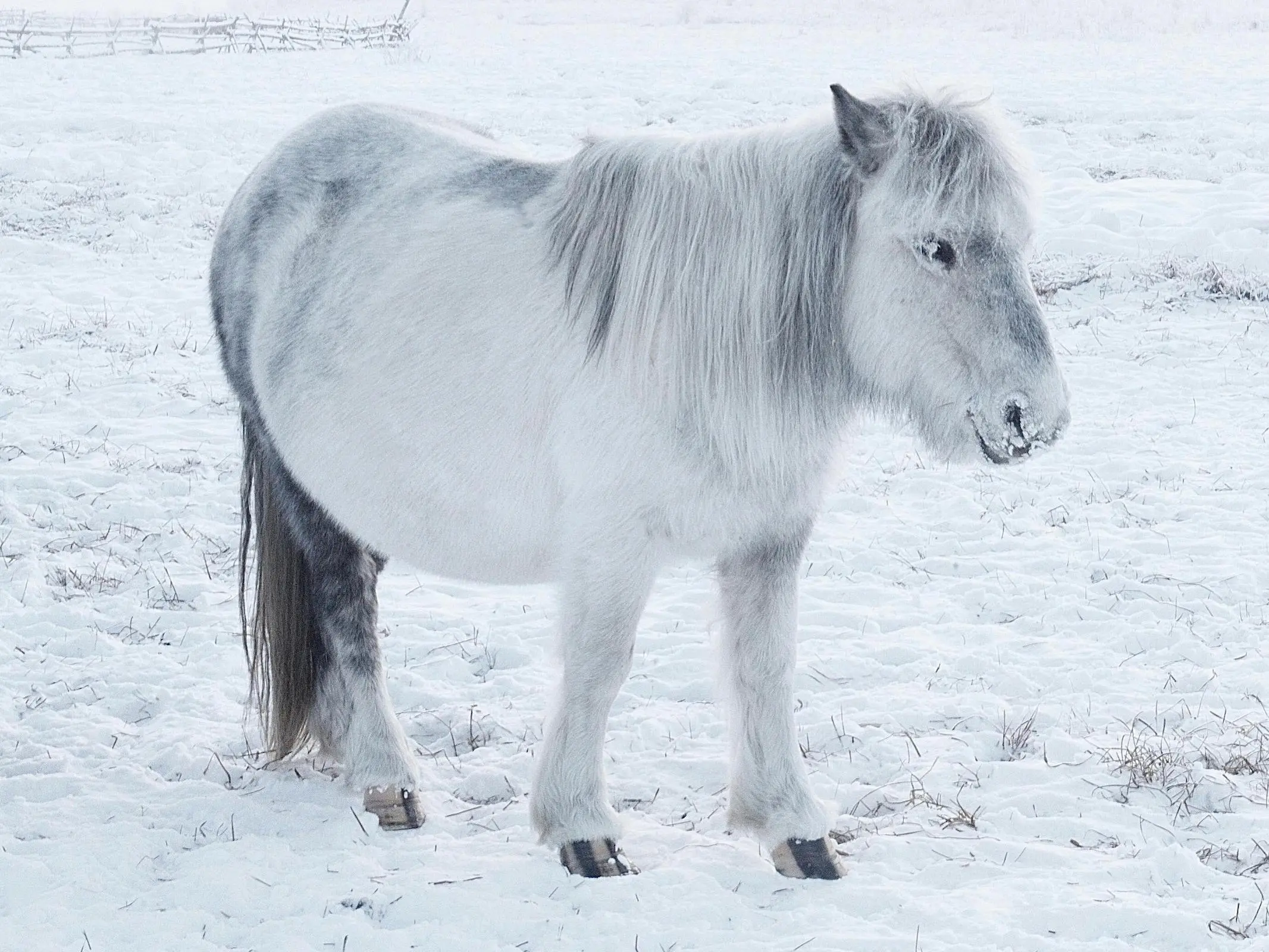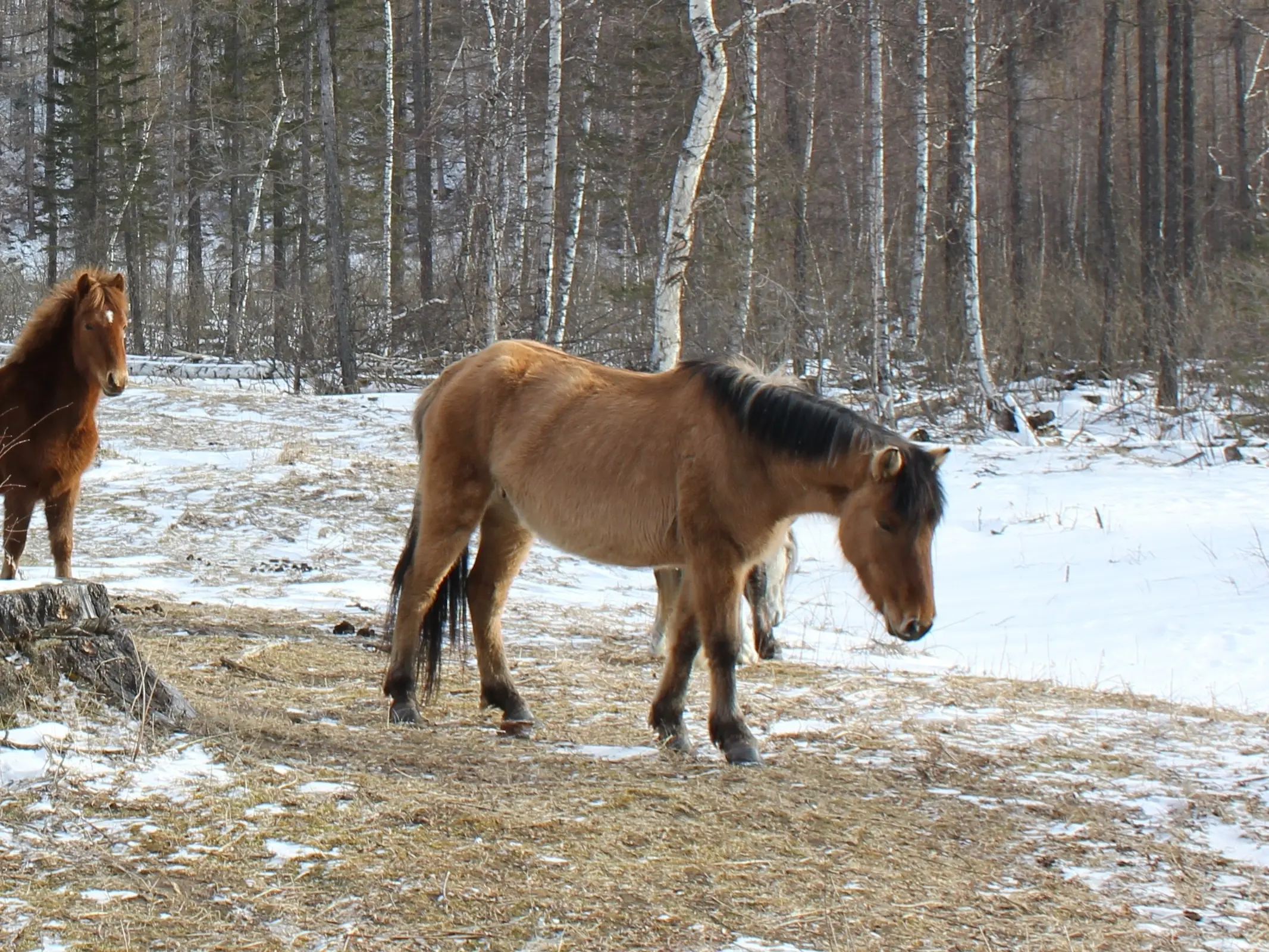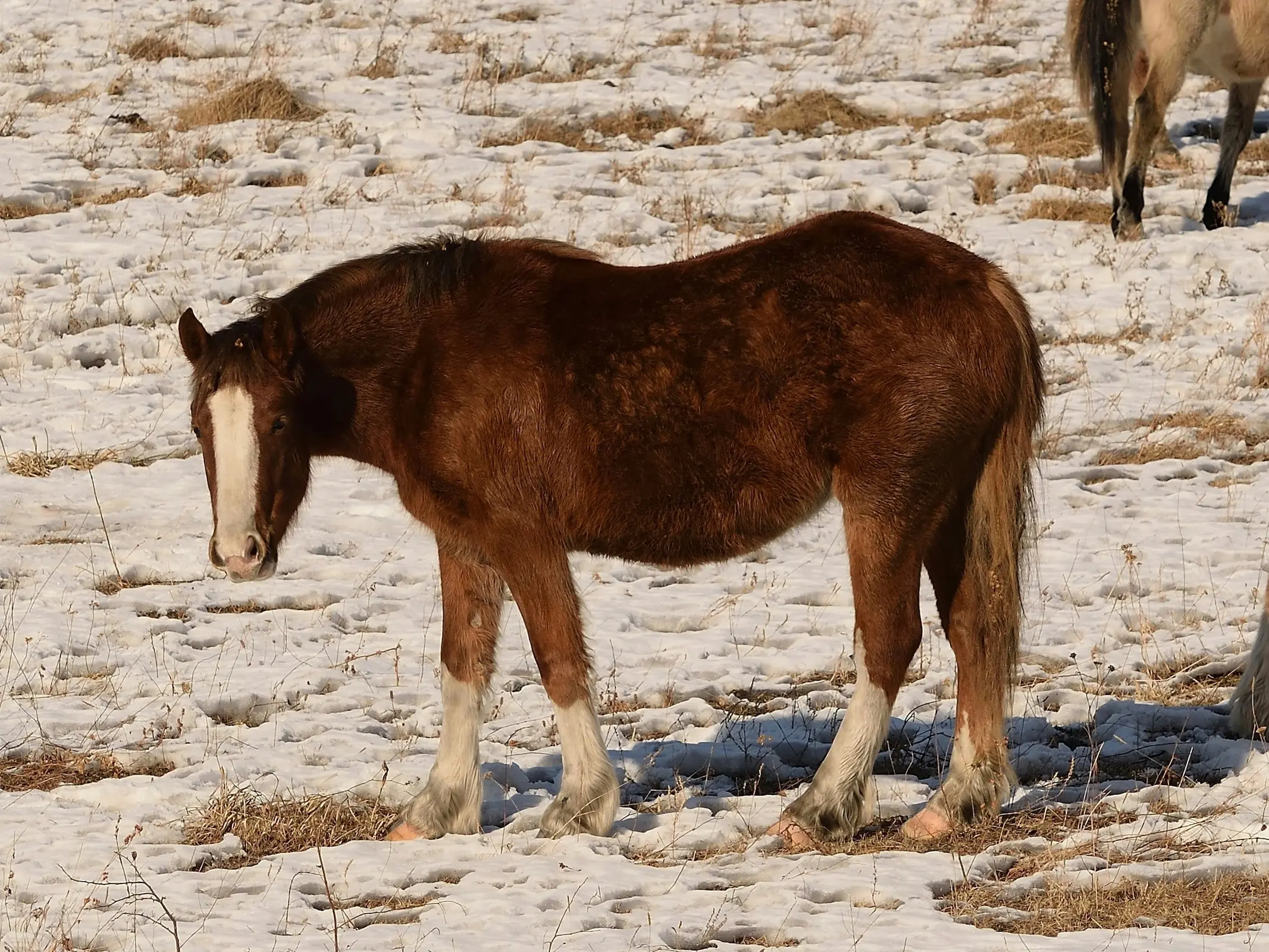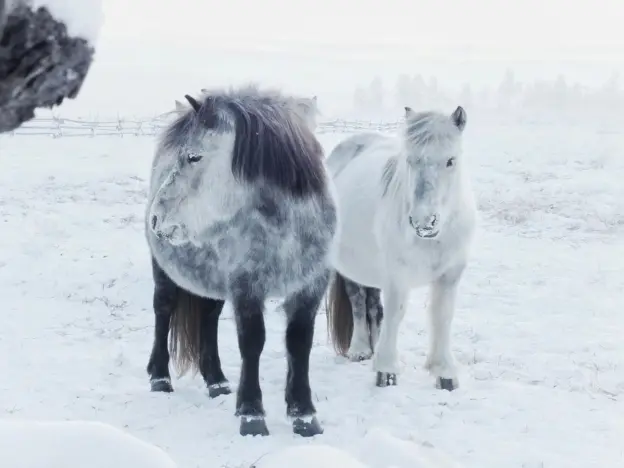Intro
The Srednekolymskaya, Middle Kolyma or Verkhoyansk Horse is a variety of Yukat horse, found further north than the other strains, in the Yakutia region. This type is believed to be closest to the original type of horse brought to the area.
Origins
This breed was thought to be established in the area during the 13th century, when they were brought there by the Yukat people. They are not believed to come from the wild horses known to the area during Neolithic times. Similar to the hardy Mongolian and Przewalski’s Horses, however they tend to be larger, have a thicker coat and more robust bodily. Surely, the Verkhoyansk is among the toughest little equines on the planet.
The Yakut Horse has developed under conditions that would kill most horses, deeply cold winters extreme temperatures and poor fodder. They are notable for their ability to find forage under the snow and survive without shelter in -90 F degree temperatures.
Yukat Types
There are several subtypes of the Yukat breed. All of the types share characteristics with similar northern breeds, including robust stature, thick mane and heavy winter coat.

Northern Type

Southern Small Type

Southern Large Type
Northern Type – This is the Middle Kolyma or Verkhoyansk horse and considered the purest of the bunch. Their average height is 13.2-13.3 hands and most likely to display primitive dun factor characteristics.
Small Southern Type – The second most pure, but less valuable than the Verkhoyansk. Their average height is 13-13.1 hands.
Large Southern Type – The largest of the types, they are all crosses with other breeds. Their average height is 13.2-14 hands.
Evolved Characteristics
Pure Yukats have evolved some notable adaptations to inhabit such an extreme environment. Their body is thick and legs are short in proportion, as is their neck. Metabolically, they are able to adjust to the extremes of each season. Like many animals in cold climates, the Yakut accumulates fat reserves in the fall, lowering their metabolic rate through the winter to survive limited food. In spring, new grass shoots help to bring their metabolism back to normal.
This thick winter fat layer is important to the people who raise them, as their meat is considered a fatty delicacy. Mares are also milked for Kumis.
Features
Average height 13.2-13.3 hands
Heavy winter coat
Physique
Head is heavy
Neck is short and thick
Body is stout
Legs are short and strong
Hooves are hard
Traditional Colors
Traditionally they are bay, grey or dun, often with primitive markings. The presence of other colors or white patterns would indicate the presence of other genetics.
Temperament
Calm and intelligent
Use
Riding
Transport
Pack animals
Meat production
Milk
